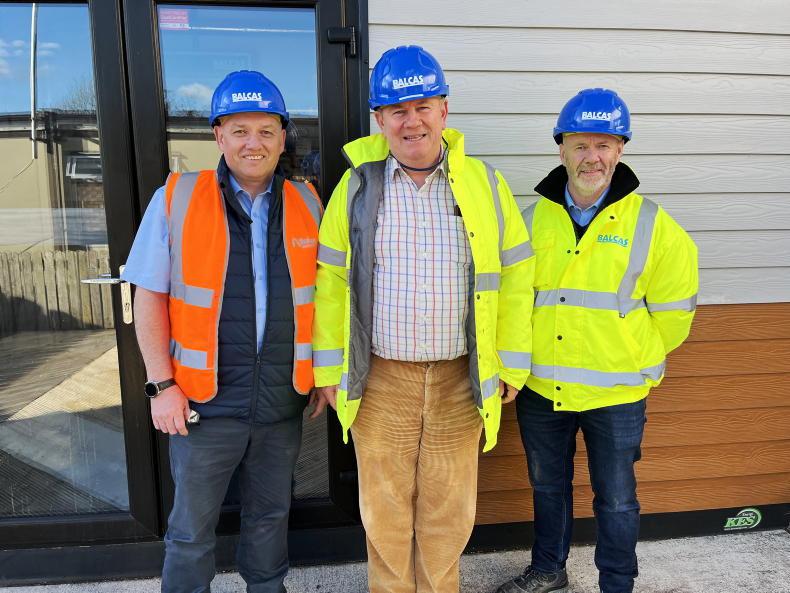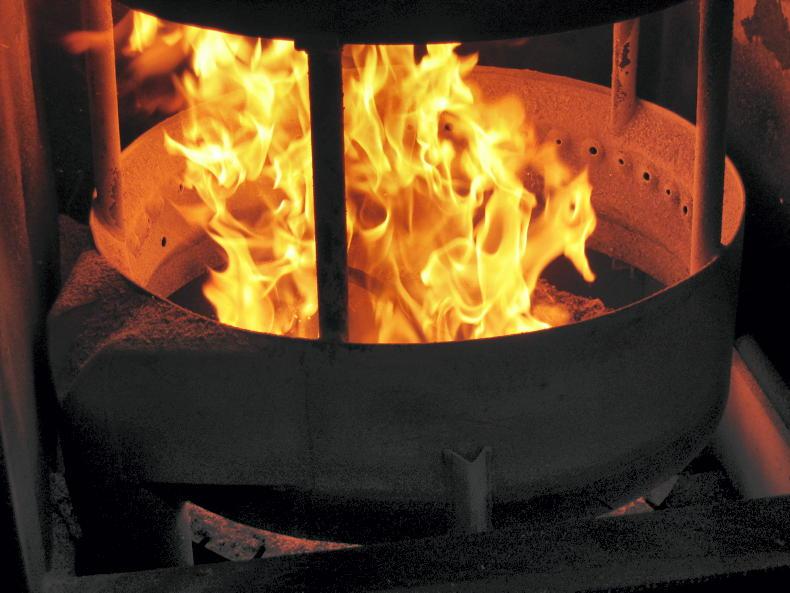Biomass burners are nothing new. The use of wood – particularly wood chips and pellets – to generate heat and power has been around for decades. However, several perceptions persist about this renewable energy source.
The general view is that biomass is only suitable for base-load heat, has limited flexibility in terms of turn-up or turn-down capacity, is bulky and requires significant fuel storage, demands high levels of maintenance (both in terms of time and cost), needs more manpower than oil or gas systems and can often appear untidy in comparison.
Some of these may be valid points, according to Colm Hatton of Balcas, who spoke at the SEAI Energy Show. Balcas operates three large biomass CHP plants at its site in Enniskillen.
This setup works well for its own demand profile, but it’s not always the best fit for other sectors – particularly those with peaky or variable high-temperature steam loads he said.
Now, however, a new type of biomass system is set to arrive in Ireland – one that could change the way the fuel is used in heating applications.
The move to wood powder
Colm explained that while the technology isn’t new, it is new to Ireland. Rather than burning wood pellets directly, the new system uses wood powder.

Colm Hatton (right).
Pellets are delivered and stored on-site as normal, but before combustion they’re ground into a fine powder using a hammer mill. The powder is then fed to the burner.
Colm outlined several advantages of this new system. First and foremost, it has a much smaller footprint – far closer to a fossil fuel setup than traditional biomass – and requires significantly less infrastructure, both in terms of the burner itself and fuel storage.
Dual-fuel
It’s also dual-fuel capable, with options such as biogas or bio-oil, and is well suited to peaky or variable heat loads thanks to its fast response time. This gives it the kind of flexibility typically associated with fossil fuel systems.
Costs
Maintenance costs are lower and it doesn’t require a grid upgrade to install. Colm noted that the system costs about the same as a standard pellet burner, but may be better suited to companies with higher temperature demands or more variable load profiles.
Colm highlighted an example where biomass was used to supply a 15MW steam base load, previously met using 130,000MWh of natural gas annually, comparing woodchip and powder.

The wood powder is more responsive than chips or pellets.
When woodchip was used, it achieved only a 50% reduction in gas consumption. In contrast, switching to a wood powder burner resulted in a 97% reduction. The difference was 14,000t of CO2 saved per year. The new system is expected in Ireland soon.
Biomass burners are nothing new. The use of wood – particularly wood chips and pellets – to generate heat and power has been around for decades. However, several perceptions persist about this renewable energy source.
The general view is that biomass is only suitable for base-load heat, has limited flexibility in terms of turn-up or turn-down capacity, is bulky and requires significant fuel storage, demands high levels of maintenance (both in terms of time and cost), needs more manpower than oil or gas systems and can often appear untidy in comparison.
Some of these may be valid points, according to Colm Hatton of Balcas, who spoke at the SEAI Energy Show. Balcas operates three large biomass CHP plants at its site in Enniskillen.
This setup works well for its own demand profile, but it’s not always the best fit for other sectors – particularly those with peaky or variable high-temperature steam loads he said.
Now, however, a new type of biomass system is set to arrive in Ireland – one that could change the way the fuel is used in heating applications.
The move to wood powder
Colm explained that while the technology isn’t new, it is new to Ireland. Rather than burning wood pellets directly, the new system uses wood powder.

Colm Hatton (right).
Pellets are delivered and stored on-site as normal, but before combustion they’re ground into a fine powder using a hammer mill. The powder is then fed to the burner.
Colm outlined several advantages of this new system. First and foremost, it has a much smaller footprint – far closer to a fossil fuel setup than traditional biomass – and requires significantly less infrastructure, both in terms of the burner itself and fuel storage.
Dual-fuel
It’s also dual-fuel capable, with options such as biogas or bio-oil, and is well suited to peaky or variable heat loads thanks to its fast response time. This gives it the kind of flexibility typically associated with fossil fuel systems.
Costs
Maintenance costs are lower and it doesn’t require a grid upgrade to install. Colm noted that the system costs about the same as a standard pellet burner, but may be better suited to companies with higher temperature demands or more variable load profiles.
Colm highlighted an example where biomass was used to supply a 15MW steam base load, previously met using 130,000MWh of natural gas annually, comparing woodchip and powder.

The wood powder is more responsive than chips or pellets.
When woodchip was used, it achieved only a 50% reduction in gas consumption. In contrast, switching to a wood powder burner resulted in a 97% reduction. The difference was 14,000t of CO2 saved per year. The new system is expected in Ireland soon.








 This is a subscriber-only article
This is a subscriber-only article










SHARING OPTIONS: